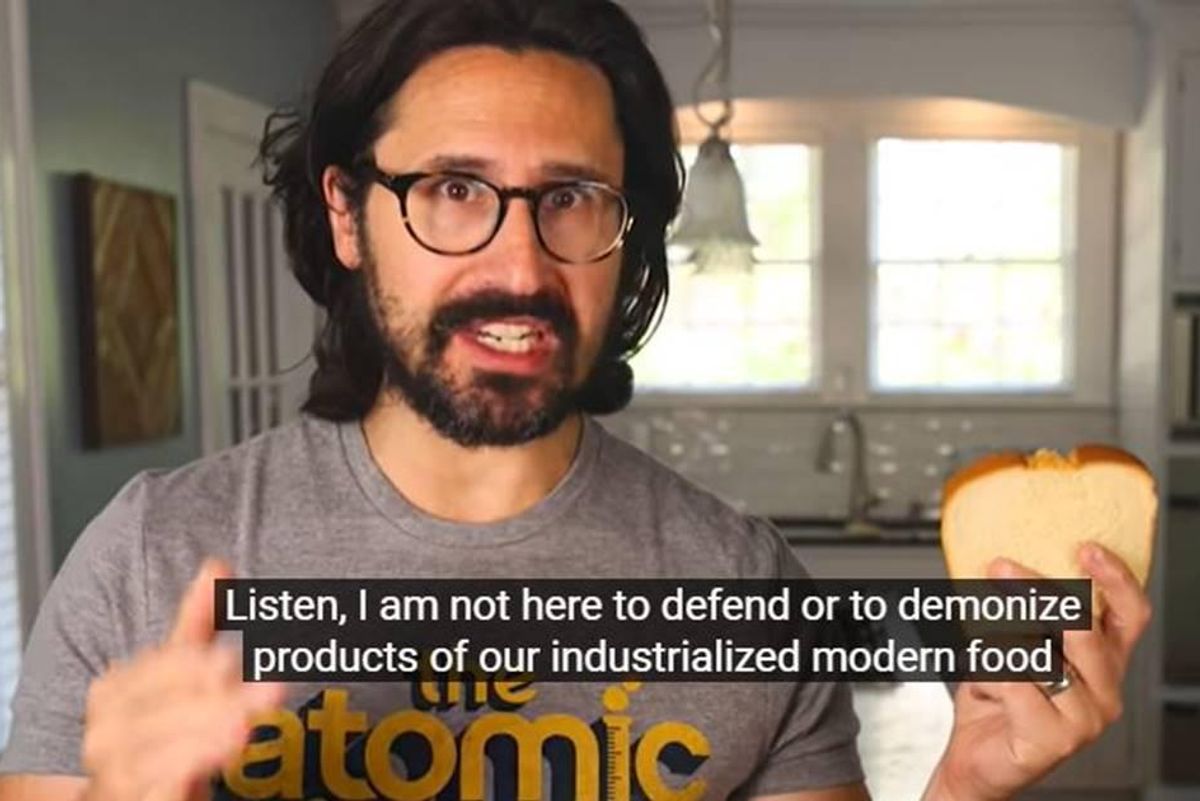Foodie exposes the five ways that 'sandwich' and 'traditional' bread are completely different
They're not even stocked in the same aisle.

Food educator Adam Ragusea talks about bread.
Have you ever noticed that there are two different bread sections in the grocery store? There's the aisle where you get loaves of sliced bread next to the hamburger buns and there's the bakery section where you get traditional crusty bread.
So why are both types of bread separated?
Adam Ragusea answers the question in a compelling video that has more than 2.2 million views on YouTube. Ragusea is a popular YouTuber who makes videos about recipes, food science and culinary culture. His channel has nearly 2 million subscribers
In the video, he breaks down the five things that distinguish these two types of bread. One of the main reasons they are made differently is because sandwich bread has to last a lot longer than the traditional bread you find in the bakery aisle.
Here are the five ways they are very different.
1. Added sugar and fat
Sandwich bread has additional butter and fat so that it doesn't mold as quickly.
2. Bread yeast
Sandwich bread manufacturers want to make the product quickly, so it has yeast accelerators to speed up the fermentation process.
3. Hard mix
Sandwich bread is made in aggressive mixers that allow more oxygen to enter the dough, which makes it rise faster. However, this reduces the amount of flavor in the bread so it’s not as tasty as traditional bread.
4. Dough helpers
Sandwich bread contains dough conditioners and improvers, a broad category of ingredients that inhibit mold, soften the bread and preserve it so it's edible for at least a week.
5. The bake
Sandwich bread is baked in a pan at a lower temperature than a traditional loaf, giving it a cakey texture.

